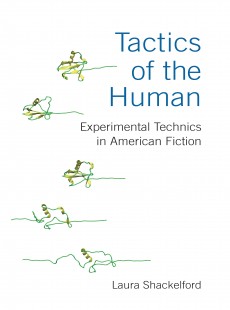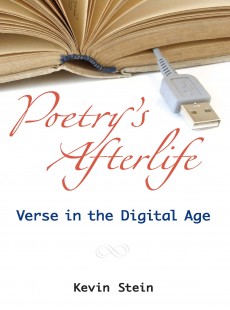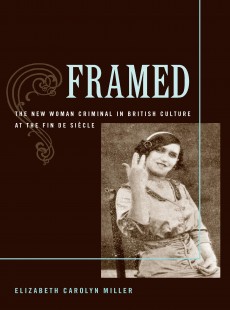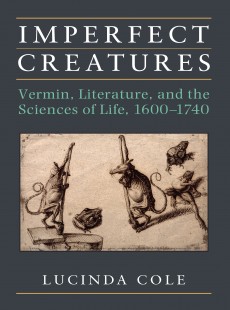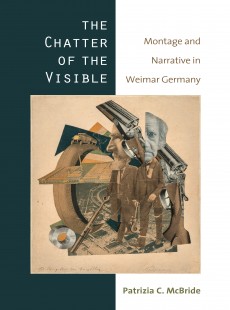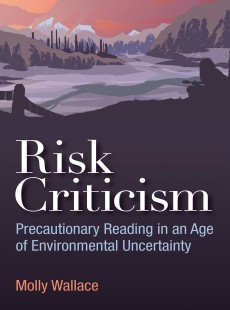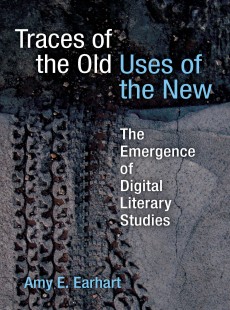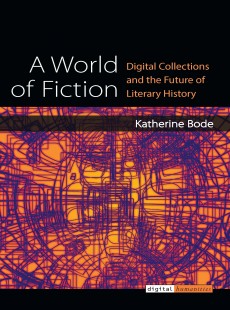Transforming Gender and Emotion
The Butterfly Lovers Story in China and Korea
Sookja Cho
 Publisher: University of Michigan Press
Publisher: University of Michigan Press
Imprint: University of Michigan Press
Published: 01/2018
Pages: 312
Subject: Literary Criticism - Asian/General
Print ISBN: 9780472130634
eBook ISBN: 9780472900855
DESCRIPTION
The Butterfly Lovers Story, sometimes called the Chinese Romeo and
Juliet, has been enduringly popular in China and Korea. In
Transforming Gender and Emotion, Sookja Cho demonstrates why the
Butterfly Lovers Story is more than just a popular love story. By
unveiling the complexity of themes and messages concealed beneath
the tale's modern classification as a tragic love story, this book
reveals the tale as a rich academic subject for students of human
emotions and relationships, comparative geography and culture, and
narrative adaptation. By examining folk beliefs and ideas that
abound in the narrative -- including rebirth and a second life, the
association of human souls and butterflies, and women's spiritual
power -- this book presents the Butterfly Lovers Story as an
example of local religious narrative. The book's cross-cultural
comparisons, best manifested in its discussion of a shamanic ritual
narrative version from the Cheju Island of Korea, frame the story
as a catalyst for inclusive, expansive discussion of premodern
Korean and Chinese literatures and cultures. This scrutiny of the
historical and cultural background behind the formation and
popularization of the Cheju Island version sheds light on important
issues in the Butterfly Lovers Story that are not frequently
discussed� either in past examinations of this particular narrative
or in the overall literary studies of China and Korea. This new,
open approach presents an innovative framework for understanding
premodern literary and cultural space in East Asia.
REVIEWS
“Transforming Gender and Emotion is the most comprehensive study to date of a major story-cycle in China known as the Liang-Zhu story. It is also virtually the only study to explicitly address the issue of the migration of the story to Korea in imperial times. Comprehensively exploring themes of female cross-dressing, women and education, and tragedy in love—as well as noting differences between Chinese and Korean versions—this volume thus fills a gap in knowledge and will be welcomed by those in the field.”
—Anne McLaren, University of Melbourne
RELATED TITLES
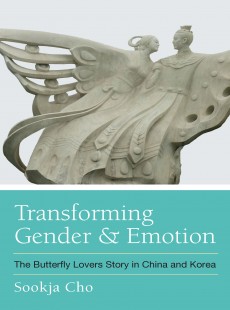
 Publisher: University of Michigan Press
Publisher: University of Michigan Press